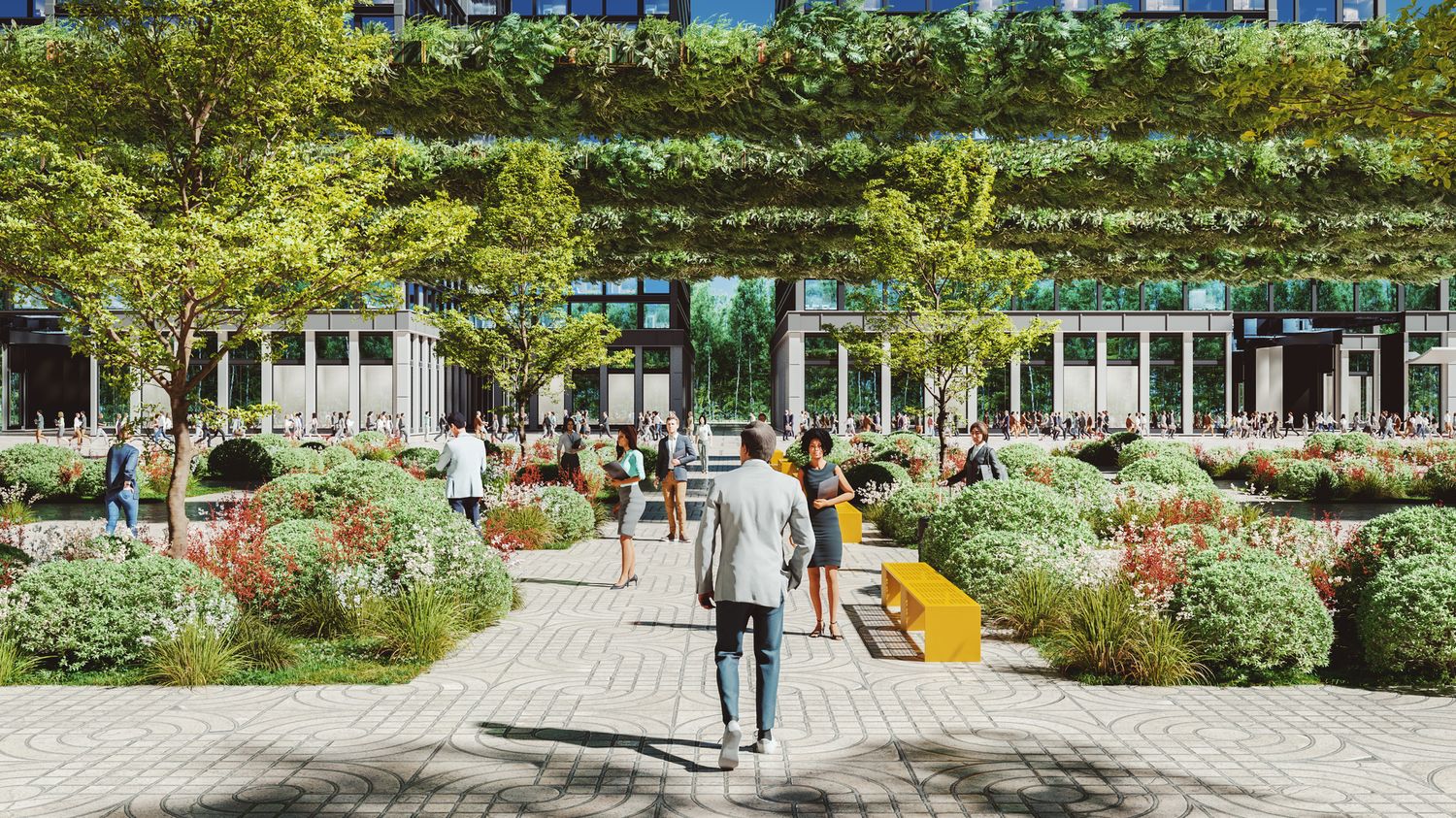Is the pavilion with a garden still part of the French dream? This is the social question that sociologist Jean Viard is being asked today.

Published
Update
Reading time: 5 min

The Minister of Ecological Transition, Christophe Béchu, is meeting with bank representatives tomorrow, Monday February 26, to find solutions to revive real estate credit.
Gabriel Attal, the Prime Minister, wants to breathe new life into the construction of individual houses: “It’s part of the French dream, of many families there too, of middle classes who work hard and who aspire to be able to live with their children, with their family, if that is their choice, in an individual house”
franceinfo: Jean Viard, what do the French really say about it?
Jean Viard: They say that, but they have always said that, since the war. And besides, this is one of the debates at the moment with the agricultural world. Because actually 60% of people live in houses with gardens. There are 4 million families who have two houses, one in the city and then a second outside. 4 million families, that’s roughly one in two French people. In terms of use of places, and it’s true, the French love garden houses. It refers to our imagination of a leisure society.
What is a house with a garden? I was going to say, it’s a small holiday club. The individual house in all civilizations, in the United States, in England, in Spain, which was built outside the cities, is in fact the dream of the population. And particularly in France, because the rural exodus in France was extremely late, it began in the 60s and 70s. So, we all have a grandparent in the countryside, whom we more or less knew.
But today we can clearly see the obstacles to becoming owners, housing in big cities, it’s expensive in the countryside, we have to protect the land, not to mention the rising cost of real estate loans. Is there no resignation?
No, there is a very simple answer, it is to densify the peri-urban area. That is to say that effectively, there are two logics. We can no longer densify the city, we are not going to add height to the buildings in the center of Paris and people do not want that. We are also not going to attack peri-urban land and 53% of agricultural land must be protected. Forests must be protected. This means that we need to densify the peri-urban areas. And to densify the peri-urban area, we must first tell people: “Wait for your house, it needs to be insulated, perhaps it needs the roof to produce energy for your car and your heating. And for that, how are we going to finance it ? And you’re going to finance it by selling half of your land.”
The wealth of peri-urbanity is land. And what’s more, we have already built the drainage, we have already built the roads, most of the time, and the only way to create a minimum of public transport is to densify, we need a minimum of people, otherwise it will not be It’s not possible. We must start from the idea that peri-urban densification and future models are now based on the model of 300 square meter subdivisions. So we are in the idea of having a house with an exterior. The outside is a place where we have a table, a barbecue or a small watering hole for the children, a swimming pool for the better off, 300 square meters is already a lot. So that’s the evolution of this model, and the problem is that this garden city around the city, we have to organize it, we have to make it a political space.
And in fact, the golden age of the pavilion was the 60s and 70s. Should the State be more interventionist today, if it still has the means?
Where the State must be interventionist is to modify the rules of the subdivision to authorize owners to sell part of their land, without having the unanimity of the members of the subdivision, which was the case with the laws, at the beginning . So, we have to allow people to do that. People who have a house and who do not have land to sell will perhaps enlarge their garage to make it a studio for rent, a student, make a special contract, etc. We have to think about densification, we have to say to ourselves that these are working-class communities who live there. It’s a bit like the yellow vests. They have wealth in their land. We need to create a garden city project around the central city, with democratic rule.
I have been advocating for years for us to have two voting rights. We vote where we live, and we vote where we work. And at that point, if you have two votes in local elections, you become a democratic citizen again. When you buy land 1 hour from Paris or Marseille, in fact, it is what is happening in Marseille or Paris that interests you. The city does not belong to those who sleep there. We are caught up in a democracy of sleep where we vote where we sleep. I think we need to put work back into democracy, perhaps by doubling the right to vote.
